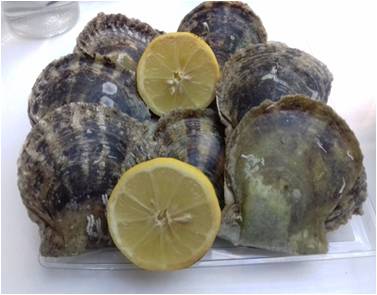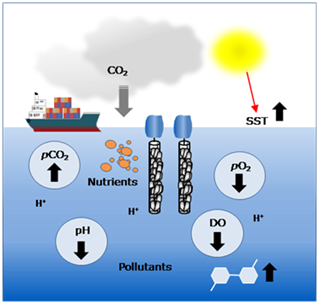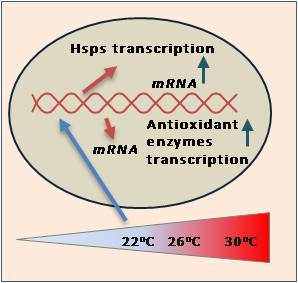Exploitation of rayed pearl oyster Pinctada radiata for human consumption
Ioannis Theodorou, Assistant Professor, Department of Animal Production Fisheries and Aquaculture, University of Patras, Mesolonghi, Greece, and his colleagues support that there is a great potential for commercial exploitation of rayed pearl oyster Pinctada imbricata radiata for human consumption. This bivalve species has been present in Hellenic waters (Aegean Sea) from at least the early 1960s, and it has been established particularly in the coastal area of Thesprotia, which is the most north-western continental area of Greece, suggesting that Ionian Sea is the main corridor for natural (i.e. via currents) and human-mediated (i.e. maritime transport) range expansion to the Adriatic Sea and central Mediterranean. Moreover, they said that Pinctada imbricata radiata shows significant abundance of both spat and adult specimens attached on fish farm cages nets. These findings coupled with the current distribution of the species in the Hellenic seas, indicate that the rayed pearl oyster has strong invasion potential, it is locally adapted and increasingly spreading in the Ionian Sea.
However, the existing commercial exploitation of the pearl oyster for human consumption is illegal and unregulated. A recent project targets the management of the existing population of Pinctada imbricata radiata and the researchers proposed a holistic approach, giving the requested specifications for regulating the fishery of species. Specifically, the purpose of this program is to highlight this species as a "lucrative catch". It is of paramount importance to specify the minimum standards for the sustainable management of the existing fishing grounds for the exploitation of Pinctada imbricata radiata. Furthemore, the aim of the project is to support the creation of the necessary institutional framework of the existing scattered resources in order to eliminate the "legislative gap" leading to illegal shackling with all the accompanying consequences.








